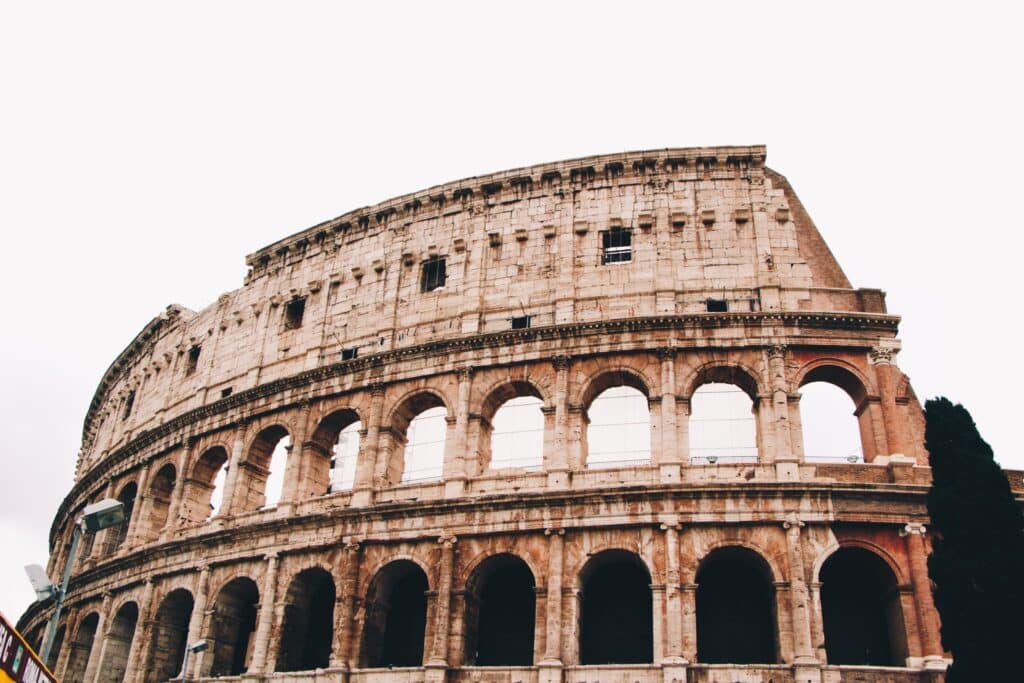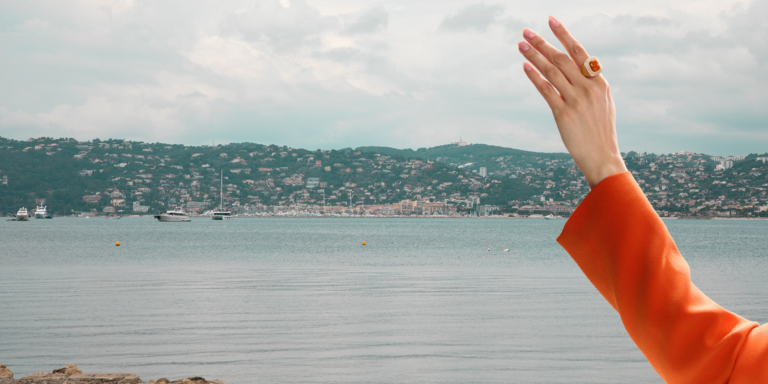Deloitte appraises the Colosseum in Rome
Het lijkt bijna onmogelijk; een prijskaartje hangen aan een historisch bouwwerk. Toch pakte accountantskantoor Deloitte haar rekenmachines tevoorschijn en taxeerde het Colosseum. Met onderzoek op verschillende vlakken als de maatschappelijke waarde en de Willingness to Pay, rolde er een bizar bedrag uit de berekening…
- donderdag 28 juli 2022
- 14:40
- By: Fleur De Jong







